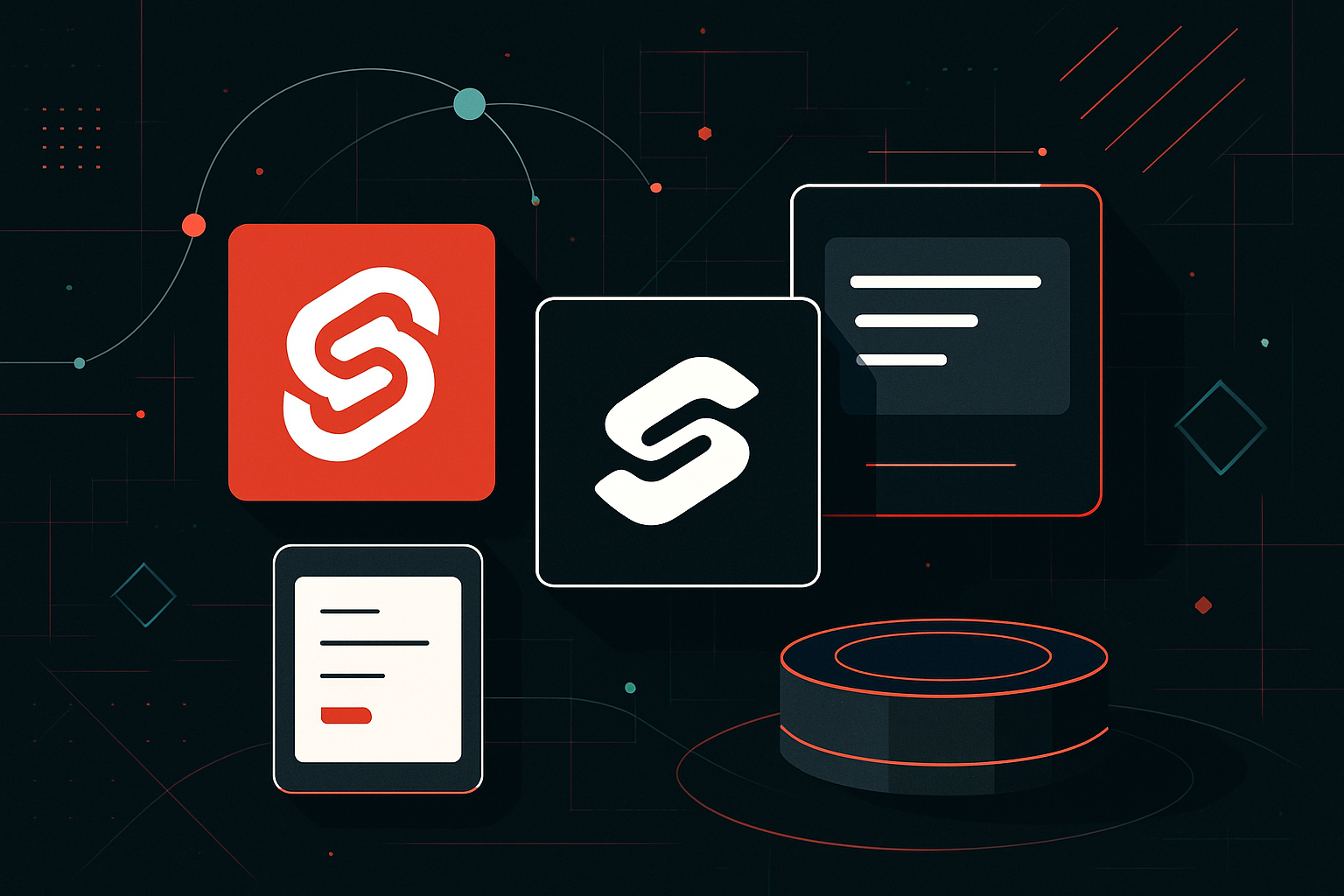Understanding the Role of GraphQL in Modern APIs

Understanding the Role of GraphQL in Modern APIs
What is GraphQL?
GraphQL is a query language for APIs and a runtime for executing those queries by using a type system that you define for your data. It was developed by Facebook in 2012 and released as an open-source project in 2015. Unlike traditional REST APIs, GraphQL allows clients to request only the data they need, which can lead to more efficient network usage and more manageable client-server interactions.
Key Features of GraphQL
- Declarative Data Fetching: Clients specify exactly what data they need, which reduces over-fetching and under-fetching of data.
- Strongly-Typed Schema: Each GraphQL API is backed by a schema defining the types and relationships between them, ensuring consistency and predictability.
- Single Endpoint: Instead of multiple endpoints for different resources, GraphQL uses a single endpoint for all requests, simplifying API architecture.
- Real-Time Capabilities: Through subscriptions, GraphQL can handle real-time updates to data.
GraphQL vs REST
| Feature | GraphQL | REST |
|---|---|---|
| Data Fetching | Clients query exactly what they need | Fixed endpoints with predefined data |
| Versioning | Evolving schema without versioning | New versions required for changes |
| Over-fetching | Minimizes over-fetching | Prone to over-fetching |
| Under-fetching | Avoids under-fetching | Prone to under-fetching |
| Endpoint Design | Single endpoint | Multiple endpoints |
| Real-time Updates | Built-in support via subscriptions | Requires additional setup |
Building a GraphQL API
Step 1: Define the Schema
The schema serves as the contract between the client and server. It defines the types and operations (queries, mutations, subscriptions) that can be performed.
type User {
id: ID!
name: String!
email: String!
}
type Query {
user(id: ID!): User
}
type Mutation {
createUser(name: String!, email: String!): User
}
Step 2: Set Up the Server
Using Node.js and Express, you can create a simple GraphQL server with the graphql-express middleware.
const express = require('express');
const { graphqlHTTP } = require('express-graphql');
const { buildSchema } = require('graphql');
const schema = buildSchema(`
type User {
id: ID!
name: String!
email: String!
}
type Query {
user(id: ID!): User
}
type Mutation {
createUser(name: String!, email: String!): User
}
`);
const root = {
user: ({ id }) => {
// Return user data based on ID
},
createUser: ({ name, email }) => {
// Create and return a new user
},
};
const app = express();
app.use('/graphql', graphqlHTTP({
schema: schema,
rootValue: root,
graphiql: true,
}));
app.listen(4000, () => console.log('Running a GraphQL API server at http://localhost:4000/graphql'));
Step 3: Execute Queries
Using a tool like GraphiQL or Postman, you can run queries against the server.
query {
user(id: "1") {
name
email
}
}
Step 4: Handle Mutations
Mutations in GraphQL are used to modify data on the server.
mutation {
createUser(name: "Jane Doe", email: "[email protected]") {
id
name
}
}
Benefits of Using GraphQL
- Efficiency: GraphQL allows clients to request only the data they need, reducing the amount of data transferred over the network.
- Flexibility: Clients can specify the shape of the response, making it easier to evolve APIs over time without breaking existing queries.
- Improved Developer Experience: The self-documenting nature of GraphQL schemas and introspection capabilities make it easier for developers to understand and work with APIs.
- Unified Data Access: GraphQL can aggregate data from multiple sources, providing a unified interface for clients.
Common Challenges and Considerations
- Complexity in Implementation: Implementing a GraphQL server can be more complex than a REST API, particularly in terms of caching and error handling.
- Performance Concerns: While GraphQL can reduce over-fetching, complex queries can lead to performance issues if not managed properly.
- Security: Care must be taken to secure GraphQL APIs, as they can expose more endpoints and data types than REST APIs.
Best Practices
- Schema Design: Keep the schema intuitive and simple, using descriptive names and consistent conventions.
- Authorization and Authentication: Implement robust security measures, such as authentication middleware and field-level authorization.
- Pagination: Use cursor-based pagination to handle large datasets efficiently.
- Error Handling: Provide clear error messages and use standardized error codes.
- Monitoring and Logging: Implement comprehensive logging and monitoring to track query performance and usage patterns.
By understanding and leveraging the strengths of GraphQL, developers can build flexible, powerful, and efficient APIs that meet the needs of modern applications.





0 thoughts on “Understanding the Role of GraphQL in Modern APIs”